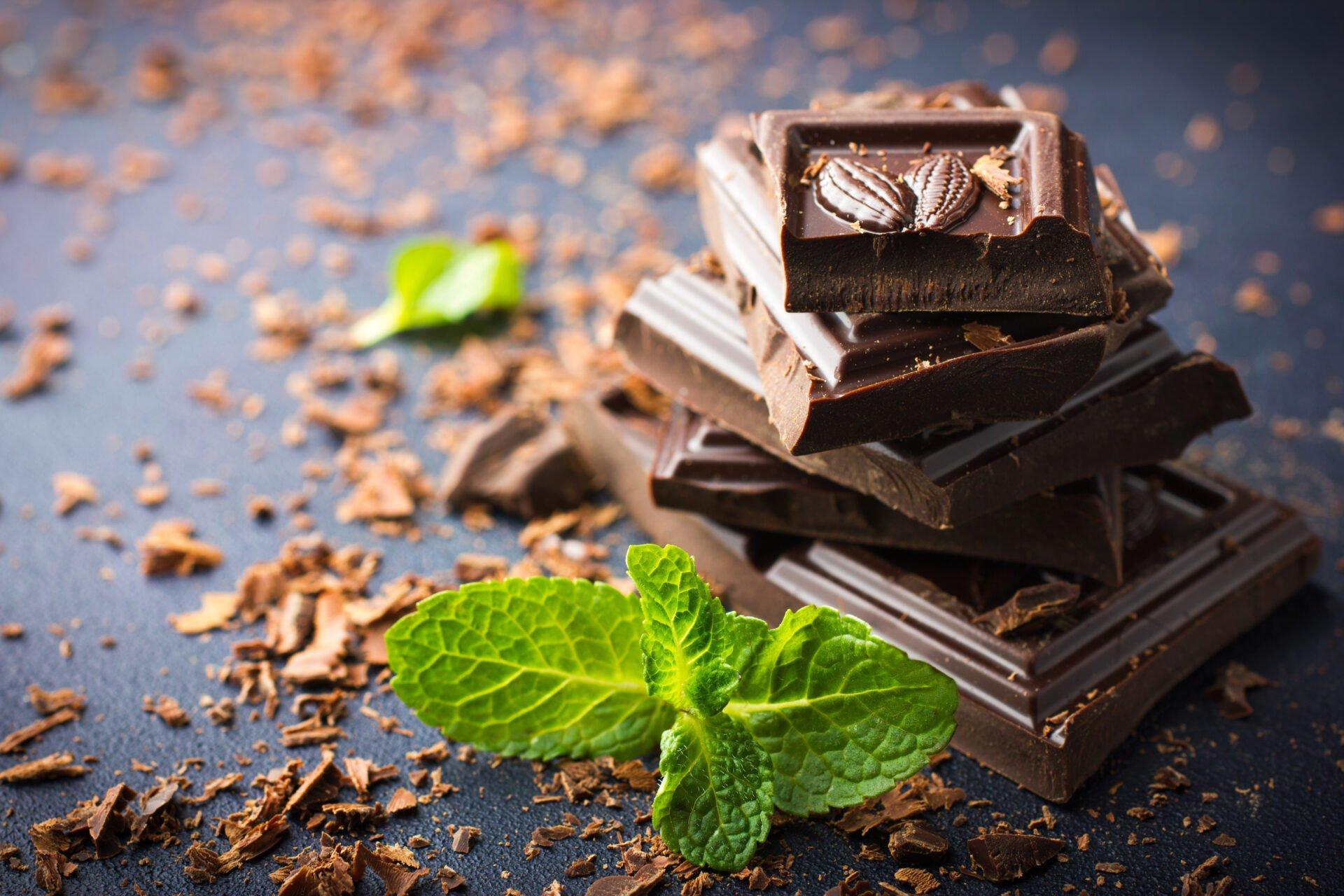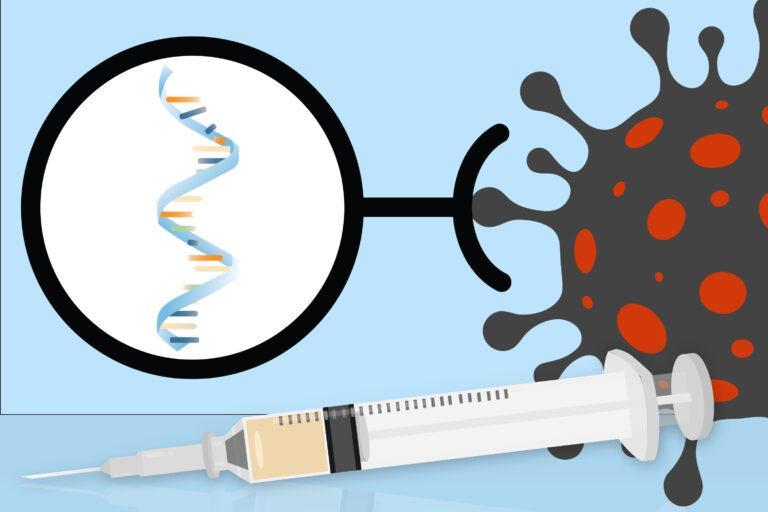
Dark chocolate is considered “healthy,” but what about heavy metals lead & cadmium? Rich in antioxidants that may improve heart health and other conditions, it’s been hailed as a superfood. However, recent heavy metal testing of dark chocolate leads experts to believe that the levels of heavy metals found in most dark chocolate would make it less healthy than otherwise desired. So what is your family supposed to do? Well, learn the facts and you decide. You’ve trusted Mamavation to bring you topics like best collagens, best cookware, & best nut butters without PFAS, now join us for our investigation on dark chocolate.
Disclosure: This post was scientifically reviewed by Sondra Strand, RN, BSN, PHN. This post also contains affiliate links.
Consumer Reports Finds Dangerous Levels of Heavy Metals in Dark Chocolate — Lead & Cadmium
Consumer Reports released a consumer study finding concerning trends in dark chocolate. They found that the higher the amount of cocoa, the more likely the lab found concerning levels of heavy metals like lead and cadmium. In other words, dark chocolate is suspect. Lead and cadmium are linked to serious health conditions.
- Health impacts for adults: nervous system problems, hypertension, immune system suppression, kidney damage, and reproductive issues.
- Health impacts for pregnant women & young children: Children have the following issues — developmental problems, issues impacting brain development, & lowering of IQ.
Consumer Reports findings were concerning because 15% of the population eats dark chocolate every single day according to Mintel. To rank dark chocolate, Consumer Reports took California’s maximum allowable dose levels (MADL) for lead (0.5 micrograms/serving) and cadmium (4.1 micrograms/serving) inside Prop.65. There are no federal limits on how much lead or cadmium can be inside your chocolate. After pulling those ranks, here’s what they found:
- 23 of the dark chocolate bars they tested were concerning. Just eating one ounce per day of dark chocolate puts an adult over a level that public health experts say can be harmful for at least one heavy metal.
- 5 of the dark chocolate bars had higher levels of both lead and cadmium. Again, only one ounce per day would be problematic.
As the chocolate industry attempts to fix this issue, we must all decide how much chocolate to consume.
Why Is Dark Chocolate Considered a “Health Food?”
Dark chocolate is considered a health food because it’s made from cocoa solids. These cocoa solids are full of flavanols, which are antioxidants that are linked to improving blood vessel function, have the ability to reduce inflammation, and lower cholesterol. Dark chocolate is also lower in sugar than milk chocolate and also has added magnesium and potassium.
Unfortunately, those same cocoa solids are also linked to higher levels of heavy metals like lead and cadmium. In addition, this also affects products like hot cocoa, brownie & cake mixes, and any other chocolate-flavored product.
This is one of the reasons why when we ranked collagens, we did not rank the chocolate versions. We assume they are all over the Prop. 65 limit for lead or cadmium because of the chocolate.
“Dark chocolate tends to be higher in heavy metals than milk chocolate, probably because of its higher cacao content. There is no official cutoff, but dark chocolates are generally at least 65 percent cacao by weight,” says Michael J. DiBartolomeis, PhD, a toxicologist and former official at the California Department of Public Health who has researched heavy metals in chocolate.
Is All Dark Chocolate Tainted with Heavy Metals Like Lead & Cadmium?
Is all dark chocolate tainted with heavy metals? Mostly yes. But there are some brands that have lower levels that are underneath what the State of California is concerned about. California has the strictest standards in the world in terms of heavy metals, however, other experts say there are no safe levels of heavy metals around children or pregnant women.
This makes it difficult to make sense of how much dark chocolate to eat because not everyone will react to the amounts of heavy metals in chocolate, but some people in the population absolutely will. Therefore, calculating the amount of dark chocolate that is safe or risky to eat is very complicated. Not to mention the fact that chocolate is not the only source of heavy metals one is exposed to on a daily basis. Foods like carrots, sweet potatoes, and spinach are also high in heavy metals.
Finally, levels of heavy metals can vary from brand to brand and likely from batch to batch. The problem we are concerned about is the overall general amounts of heavy metals that are presently found today. Thus, decreasing your intake of dark chocolate is very wise.
Additional Heavy Metal Chocolate Testing Done in 2014 & Outcomes
Another non-profit hot on the trail of testing chocolate for heavy metals is As You Sow. As You Sow has been testing chocolate since 2014 and has consistently found contamination of lead and cadmium in chocolate, especially dark chocolate.
As the years have gone by, the brands that have more resources for testing have done a better job of lowering that risk to consumers. However, most of those same chocolate brands have other ingredients in their chocolate that are less than desirable. You’ll see what we are talking about at the end of this post where we list all the brands they tested in 2022 that had “safer” levels of heavy metals.
This trend of heavy metals in chocolate is pretty evident since 2014. The lab results garnered over the years have become the the basis of Proposition 65 notices that As You Sow filed with over 20 companies including Trader Joe’s, Hershey’s, Mondelēz, Lindt, Whole Foods, Kroger, Godiva, See’s Candies, Mars, Theo Chocolate, Equal Exchange, Ghirardelli, and Chocolove for failing to warn consumers that their chocolate products contained cadmium or lead, or both. When these lawsuits were won, other researchers studied how metals might contaminate cacao, as part of a settlement. What did they find? Here’s some things that need to be improved in the chocolate industry:
- Cacao grown in the Latin American and Caribbean regions have significantly higher Cadmium concentrations than cacao grown in other parts of the world, most notably West Africa. This is based on the soil in those parts of the world and it varies from region to region and farm to farm.
- The significant source of lead in chocolate products is chocolate liquor. Chocolate liquor is produced from milled cocoa nibs, which are the deshelled portion of a cocoa bean.
- The source of lead in cocoa beans occurs during post-harvest handling of wet cocoa beans. This does not happen by the uptake of lead from the cocoa tree.
- During the post-harvest handling of wet cocoa beans, the source of post-harvest lead in cocoa beans is a result of the following mechanisms:
- Foreign material included loosely within bulk cocoa beans.
- Encasement of soil particles on the wet and sticky cocoa bean shell during outdoor drying.
- Chemical adsorption of Pb by the wet and acidic cocoa bean shell during contact with soil.
- The transfer of lead from cocoa beans to nibs occurs during the shell removal process. They found that the nib obtains approximately 70% of its lead concentration through contact with Pb-containing material (i.e., shell, soil, light, and fine material) during bean breaking.
As you can see, it’s complicated. To find out which brands are working towards these goals, we have listed the raw data from both Consumer Reports and As You Sow to help you make those decisions.
Tips from Consumer Reports on How and When to Eat Dark Chocolate
So now that you know what a minefield dark chocolate is. We didn’t want to leave you hanging, so we are also bringing to you tips on how to safely eat chocolate. Here’s what Consumer Reports is suggesting based on their findings:
- Choose dark chocolates with the lowest levels of heavy metals
- Treat chocolate as a treat
- Try dark chocolates with lower cocoa percentages
- Alternative with milk chocolate
- Don’t assume organic dark chocolates are safer
- Don’t give kids much dark chocolate
- Think about your total chocolate consumption
- Eat a well-rounded diet
If you are interested in more tips and have questions, Consumer Reports is hosting a workshop on Thursday, February 9th, 2023 at 9 am PST/12pm EST. You can RSVP for it here and join the Mamavation community LIVE.
Consumer Report’s Data on Dark Chocolate Testing
Mamavation pulled the raw data from Consumer Report’s latest testing of heavy metals in dark chocolate. We organized them into levels that were easy to understand.
Not Our Favorite Dark Chocolate — High in Lead & Cadmium
- Theo Organic Pure Dark 70% Cocoa (120% lead and 142% cadmium)
-
Trader Joe’s The Dark Chocolate Lover’s Chocolate 85% Cacao (127% lead and 229% cadmium)
- Theo Organic Extra Dark Pure Dark Chocolate 85% Cocoa (140% lead and 189% cadmium)
- Lily’s Extremely Dark Chocolate 85% Cocoa (143% lead and 101% cadmium)
-
Green & Black’s Organic Dark Chocolate 70% Cacao (143% lead and 181% cadmium)
Better Dark Chocolate — High in Lead OR High in Cadmium
High in Lead
-
Tony’s Chocolonely Dark Chocolate 70% Cocoa (134% lead and 28% cadmium)
-
Lily’s Extra Dark Chocolate 70% Cocoa (144% lead and 42% cadmium)
-
Godiva Signature Dark Chocolate 72% Cacao (146% lead and 25% cadmium)
-
Chocolove Strong Dark Chocolate 70% Cocoa (152% lead and 60% cadmium)
-
Lindt Excellence Dark Chocolate 85% Cocoa (166% lead and 80% cadmium)
-
Endangered Species Bold + Silky Dark Chocolate 72% Cocoa (181% lead and 31% cadmium)
-
Trader Joe’s Dark Chocolate 72% Cacao (192% lead and 36% cadmium)
-
Hu Organic Simple Dark Chocolate 70% Cacao (210% lead and 56% cadmium)
-
Chocolove Extreme Dark Chocolate 88% Cocoa (240% lead and 83% cadmium)
-
Hershey’s Special Dark Mildly Sweet Chocolate (265% lead and 30% cadmium)
High in Cadmium
-
Beyond Good Organic Pure Dark Chocolate 70% Cocoa (42% lead and 112% cadmium)
-
Beyond Good Organic Pure Dark Chocolate 80% Cocoa (42% lead and 138% cadmium)
-
Equal Exchange Organic Extra Dark Chocolate 80% Cacao (45% lead and 120% cadmium)
-
Lindt Excellence Dark Chocolate 70% Cocoa (48% lead and 116% cadmium)
-
Scharffen Berger Extra Dark Chocolate 82% Cacao (49% lead and 136% cadmium)
-
Alter Eco Organic Dark Chocolate Classic Blackout 85% Cacao (49% lead and 204% cadmium)
-
Pascha Organic Very Dark Dark Chocolate 85% Cacao (68% lead and 253% cadmium)
-
Dove Promises Deeper Dark Chocolate 70% Cacao (74% lead and 112% cadmium)
Best Dark Chocolate — Safer Choices According to Consumer Reports
These selections had the lowest levels of heavy metals–lead & cadmium. No brands were “free from” heavy metals, but these brands had the lowest amounts. This does not mean, however, that all chocolate from these companies will be similar. This only means that the specific chocolate bars they tested had these results. You can expect variances with brands and lots.
Additional Chocolate Brands Tested by As You Sow in 2022
Most of the products in this category were tested twice by As You Sow in 2022. We took the highest indicator of both lead & cadmium to demonstrate the amounts for you. If one product was above “recommended” levels but the other was not, we didn’t pull the findings into this list. You can look here at the raw data. As you can see, the vast majority of what was deemed “safe” was from conventional brands. We are not raving about the other ingredients inside most of these chocolate bars but wanted to know the facts regardless. This list was created only with heavy metals in mind.
- Cadbury Mini Eggs Milk Chocolate with a Crips Sugar Shell (0.3 ug/serving of lead & 0.2 ug/serving of cadmium)
- Ghirardelli Chocolate Raspberry Dark Chocolate with Raspberry Bits with Other Natural Flavor (0.2 ug/serving of lead & 2.4 ug/serving of cadmium)
- Ojio Organic Cacao Nibs Ethically Sourced Peru (Non-detect for lead & 0.2 ug/serving for cadmium)
- Ritter Sport Dark Chocolate 81 Cacao Extra Intense with Cacao from Ghana (0.4 ug/serving of lead & 1.8 ug/serving of cadmium)
- Snickers Bar (0.2 ug/serving of lead & 0.6 ug/serving of cadmium)
The post Should You Eat Dark Chocolate? — Facts on Lead & Cadmium appeared first on MAMAVATION.
This content was originally published here.

























